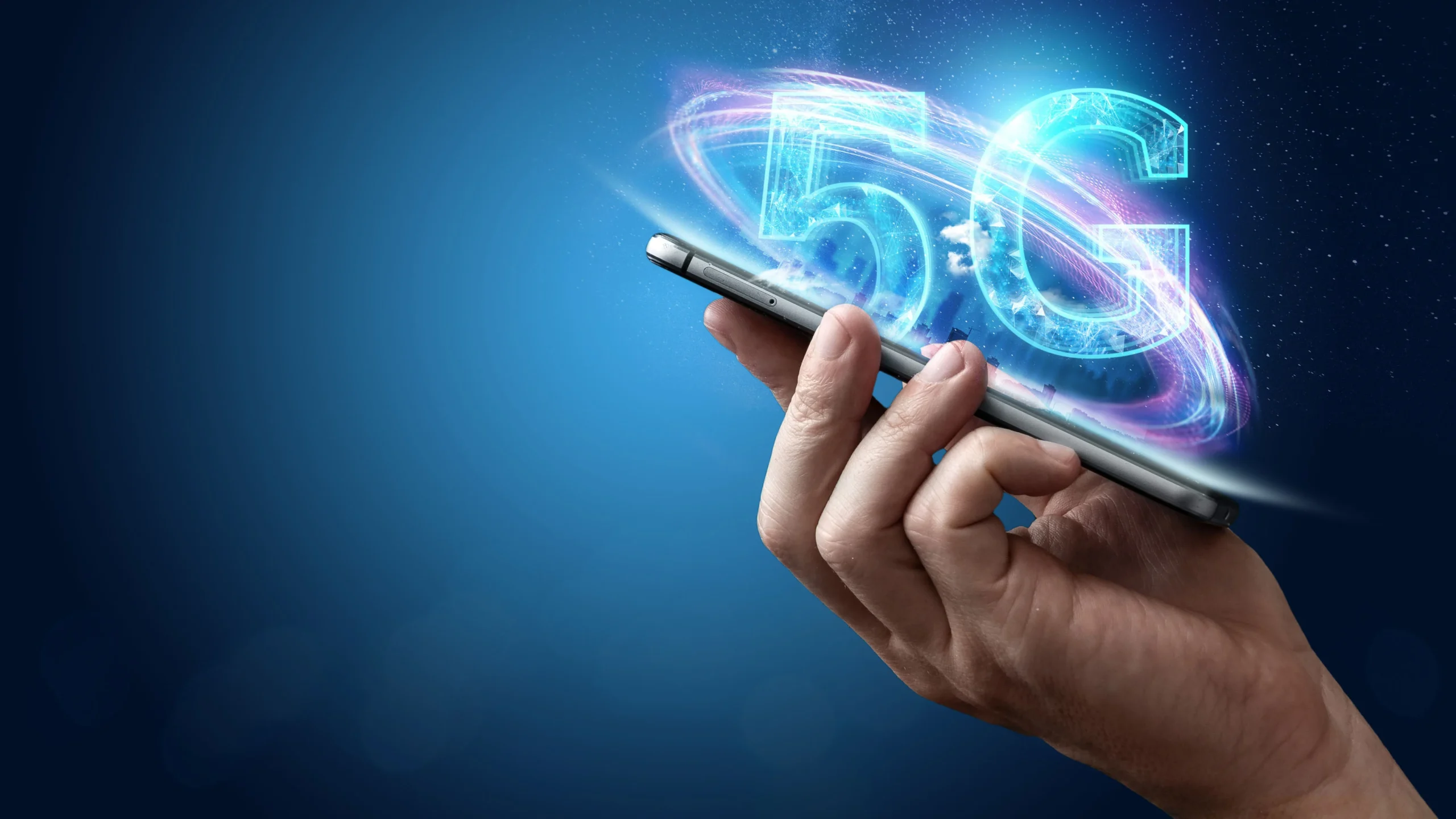5G technology: the future of networking speeds
5G is the most recent generation of phone and telecommunication networks, which have become much quicker and better over time. Fundamentally, 5G promises faster and better upload and download rates, and based on the few tests that have been done, it appears that this is the case.
The fact that only the best phone operators are using this new technology and those that are only enabling it in specific areas explains why there isn’t much testing done. Additionally, 5G has gained a lot of popularity and attention in recent years.
1. Purpose and elements
Thus, 5G differs from 4G and all previous generations straightforwardly; it makes use of a technology known as millimeter wave, according to operators. In actual use, millimeter-wave connections—which employ frequencies between 10 and 19 GHz for 4G and 25 to 65 GHz for 5G—are higher than 4G connections.
The drawback of such technology is that its vulnerability increases with increasing connection frequency. That implies that it will be able to download a full movie in under two minutes while utilizing an operator such as Verizon’s 5G network.
Netflix offers the same experience for an entire season, however, the disadvantage of this place is that the nodes’ range of High frequency is less than two hundred meters, and obstructions like walls or trees can intercept it or even completely block it. Rain has reportedly been seen to reduce signal strength in places like Road Island, USA.
2. Potential fixes
T-Mobile developed a new 5G version they named 600 Mhz 5G after going through a lot of tries and failures. They approached it differently by filling in the gaps left by millimeter-wave, employing a lower density frequency and the fastest speed.
Hence, this concept would continuously give a faster speed than the best regular 4G download speeds, as opposed to the 1GB download speeds that users could get with the original one. with the added benefit of being able to go far from the closest node in the vicinity.
Some networking businesses and developers are trying to come up with a better solution, or even trying to reach a wider audience to give those faster speeds. Although no one firm or individual deserves credit for the conception and development of 5G,
Qualcomm’s involvement in the design of nodes and latency issues may have been one of the most influential elements in the development of the Areal interface technology.
Simultaneously, 3GPP aided in the development of fresh approaches to address the issue of obstructions that may impede signal strength. They’ve already figured out how to deal with the primary issue—rain.
Nevertheless, there are still issues with upload speed and range, so high-definition videos from mobile devices won’t be appearing on social network accounts anytime soon.
The other important thing to remember about 5G technology is that the quality of the signal and its output depends entirely on the receiving end.
Therefore, the gadgets that developers create for the 5G process must be tuned to manage that quantity of data transfer in that short amount of time to reduce latency issues and networking problems. Associated:
3. Optimizing devices
In recent months, manufacturers of smartphones and gadgets have been attempting to incorporate 5G technology into their products.
The majority of their efforts to develop this robust communication system have been tested to discover and collect sufficient data to determine the precise hardware requirements for their 5G capability.
It’s also worth noting that there were a few minor similarities among the phones that received that technology and were effective in using it.
One of them was the battery, as using a smartphone or laptop at such high fidelity while operating at such high speed and pressure regularly results in a significant reduction in battery life.
However, over time, 5G cell phones improved their battery life and their processing units became faster and more efficient.
Recent smartphones, including the Samsung Galaxy S10+ 5G edition, experienced issues with heat and battery life when utilizing 5G, but the One+ 7T Pro swiftly resolved those issues with hardware and software improvements.
4. Future 5G
It is important to note that 5G technology is still far from being perfected and that although some phone companies have managed to utilize the concept to attain marginally faster speeds than standard 3G+ and 4G technology,
the inability to achieve those extraordinarily high speeds—the same speeds reached with millimeter-wave technology—is a disappointment. Human potential in numerous disciplines will be endless with such technology if those kinds of networks and communication speeds allow for a global connection on that scale.
22.4 million jobs are expected to become available, and education will advance beyond what is currently possible for online learning.
In the medical field, physicians can operate on independent patients and use an internet connection to operate a robot. With everything being saved on the cloud in the streaming era, broadcasting and entertainment will have to find new ways to reach their audience, and television may be phased out completely.
Fundamentally, 5G technology is positioned to enable quicker and more seamless data transfers without the constraints of 4G.
The primary operator of that network is considering the notion of placing as many nodes as possible throughout the world to have an appropriately covered region because the millimeter frequency idea was the nearest answer that produced those promising outcomes.
Although 5G technology is still far from finished, businesses are working to incorporate it into our daily lives. Furthermore, the durability and security of this technology rely on time, the ability to learn from past errors, and the dissemination of this technology to every corner of the globe.
